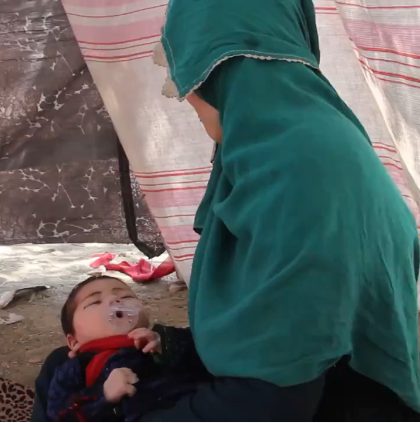Afghanistan faces an unprecedented malnutrition crisis, exacerbated by widespread poverty, ongoing economic struggles, and natural disasters. Acute malnutrition in 27 out of 34 Afghan provinces has surpassed emergency thresholds, with nearly half of Afghan children under five and a quarter of pregnant and breastfeeding women urgently needing life-saving nutritional support. The impact is dire, as prolonged hunger risks permanent damage to children’s physical and cognitive development, while weakened immune systems increase susceptibility to disease.
The economic collapse following the Taliban’s return to power in 2021 has worsened living conditions. Afghanistan’s economy has shrunk by about 25%, and unemployment and underemployment rates, especially for women, have doubled. About 80% of households now live on less than a dollar a day. The recent policy shift in Pakistan, expelling hundreds of thousands of Afghan refugees, further strains local resources, putting additional pressure on food and health services, particularly in rural regions.
Natural disasters have also amplified the crisis. Consecutive droughts, compounded by severe winter weather and recent earthquakes, have made food and shelter scarce. More than 3 million Afghan children suffer from malnutrition, and around 15.8 million people, or a third of the country’s population, are predicted to face acute food insecurity in early 2024. The international community has reduced aid, with three cuts in food assistance this year alone, leaving millions vulnerable, especially with the freezing winter months ahead.
Immediate international humanitarian support is essential to alleviate Afghanistan’s worsening crisis, as lack of assistance could lead to further hunger, health issues, and possibly loss of lives in vulnerable populations.


